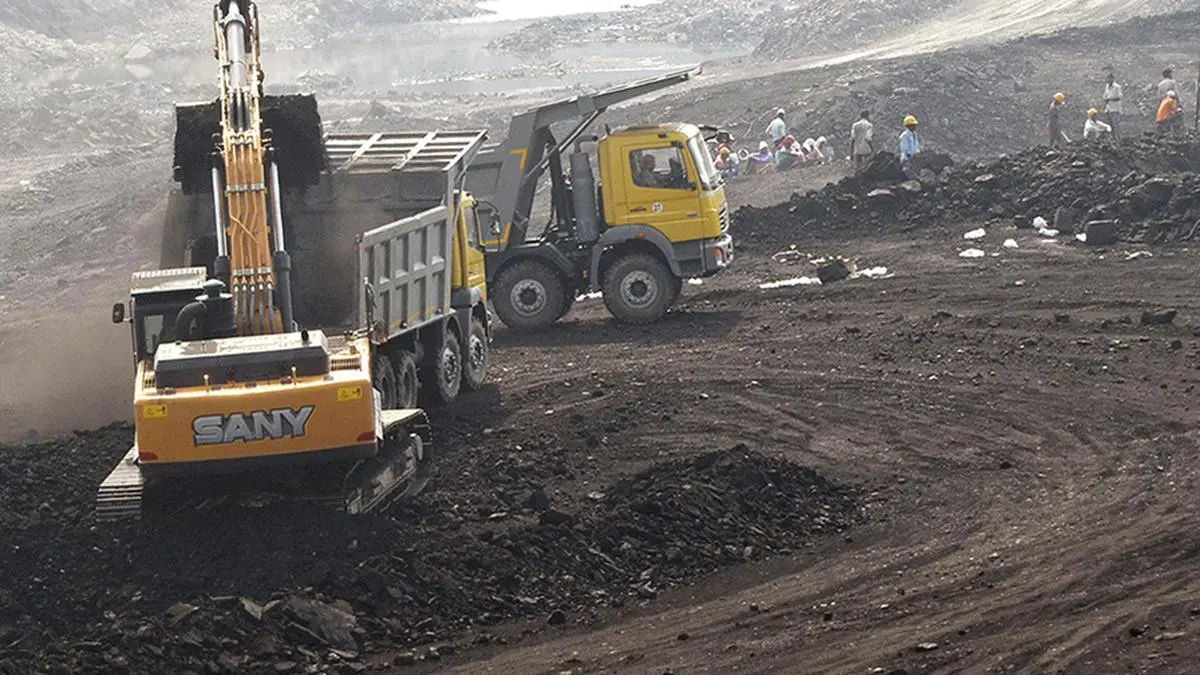HinduBusinessLine
1d
336

Image Credit: HinduBusinessLine
Dealing with China’s coercion
- India's automotive sector faces disruptions due to dependence on Chinese rare earths, experiencing delays, warnings on halts, and custom clearance issues.
- The article decodes India's supply-chain vulnerabilities using the Kraljic Matrix to identify and classify imported products based on risk and impact.
- China's economic coercion aims to pressurize India through trade, technology, and geopolitics by leveraging dependencies and disruptive tactics.
- Various strategies include customs delays, selective investments, and export controls on critical materials to manipulate prices and destabilize supply-chains.
- China's motives range from retaliating against political stances to asserting dominance in future technologies, using economic coercion as a tool for influence.
- To mitigate vulnerabilities, India needs a strategic procurement approach using tools like the Kraljic Matrix to prioritize actions and investments.
- Strategic imports like pharmaceutical ingredients require long-term agreements with resource-rich countries to secure supplies, while bottleneck items for manufacturing and defense chains need bilateral cooperation and R&D investments.
- India can negotiate favourable terms for leverage items like textiles and footwear to boost domestic production and competitiveness.
- Non-critical imports can be sourced flexibly or domestically, reducing dependence and generating local jobs through policy alignment and supply chain optimization.
- India needs a proactive mineral security strategy, integrating exploration, R&D, and strategic contracts to counter Chinese coercion and build end-to-end value chains.
- Investing in materials science, developing substitutes, and establishing a Strategic Minerals Reserve will help India convert Chinese coercion into a strategic advantage.
- India should engage in geostrategic forums to ensure coercion-free supply chains and focus on materials science advancements and reserves for long-term resilience.
Read Full Article
20 Likes
For uninterrupted reading, download the app